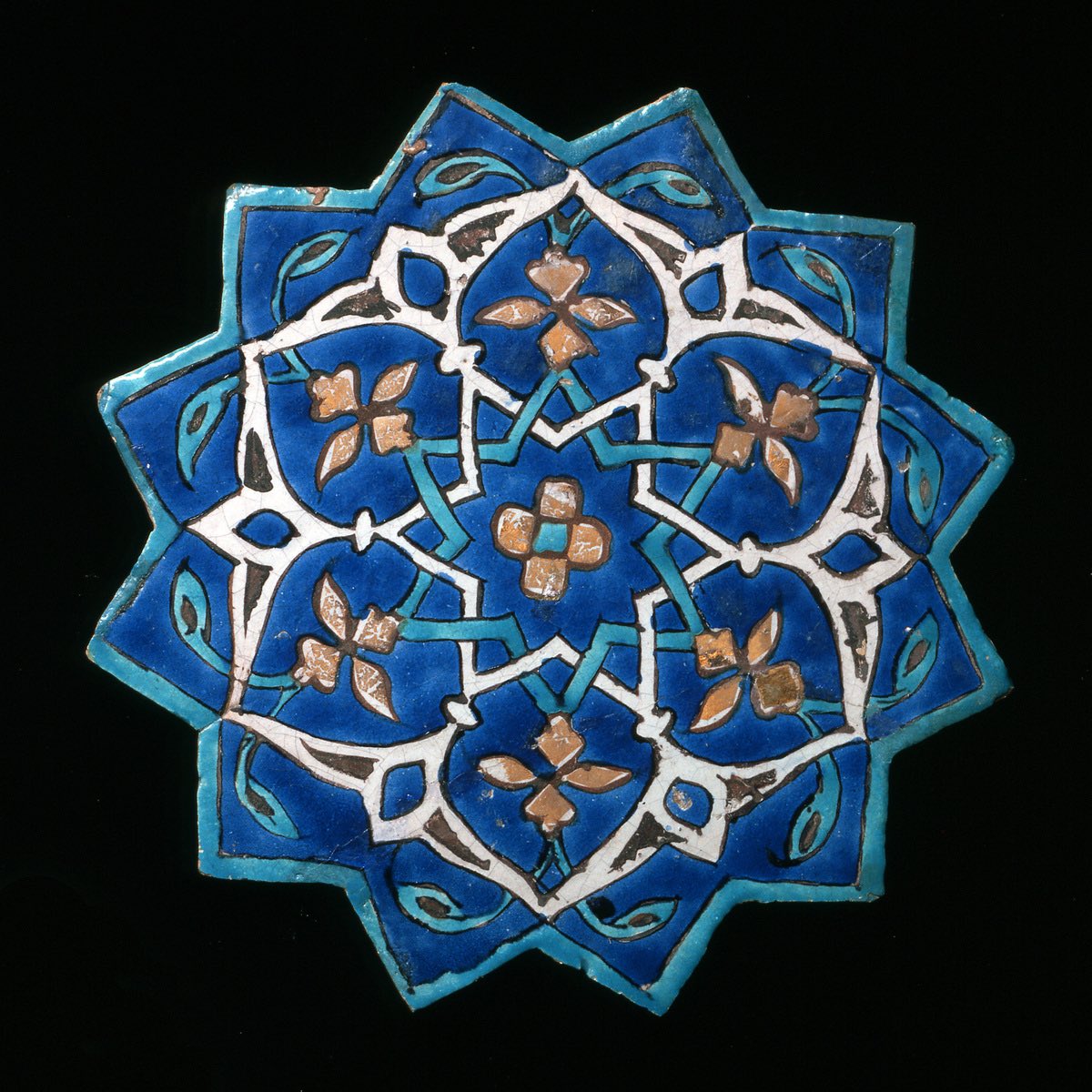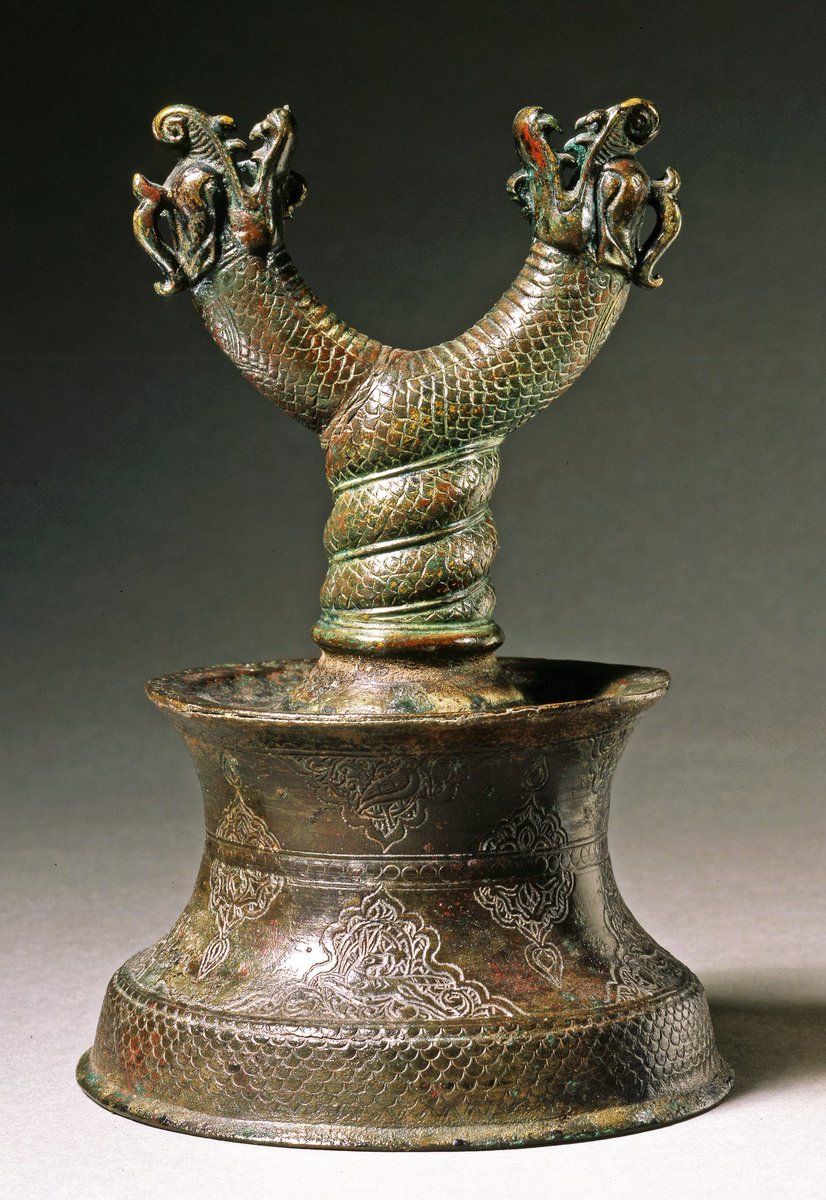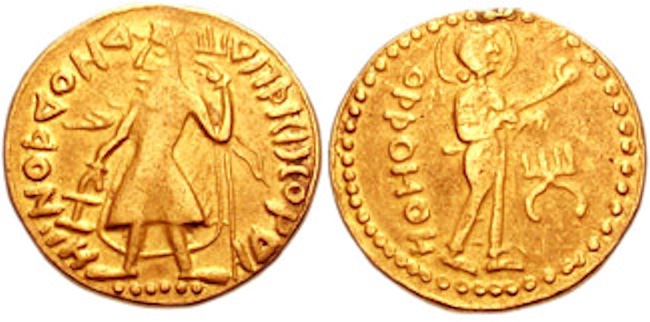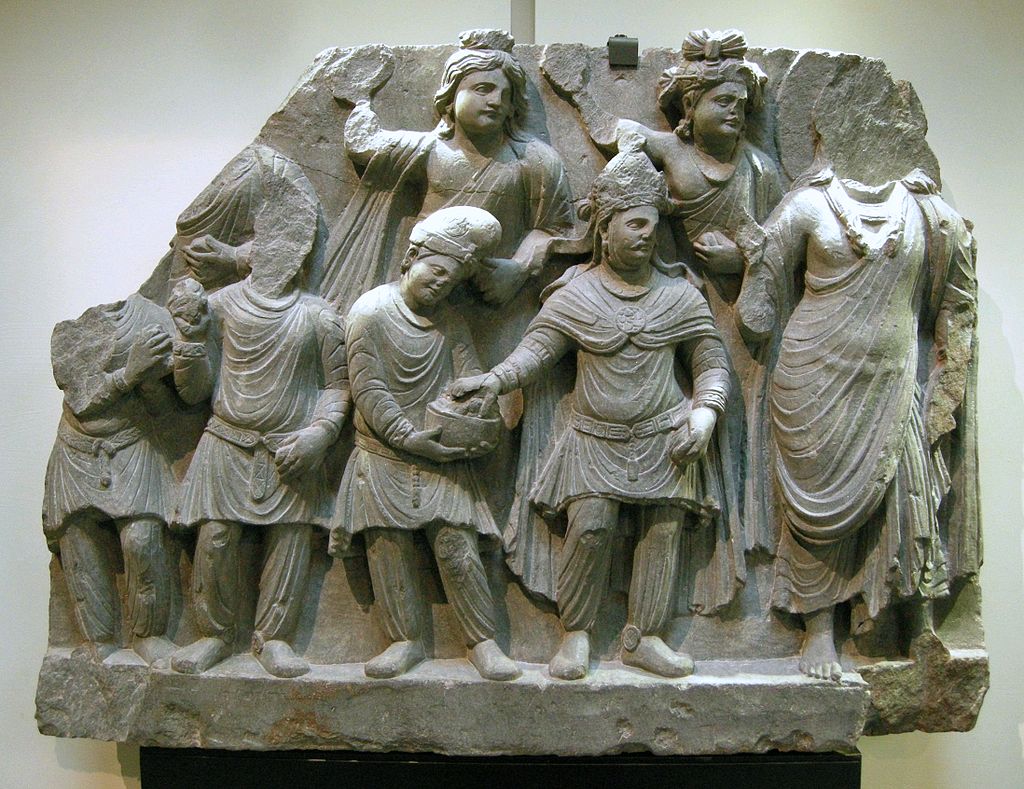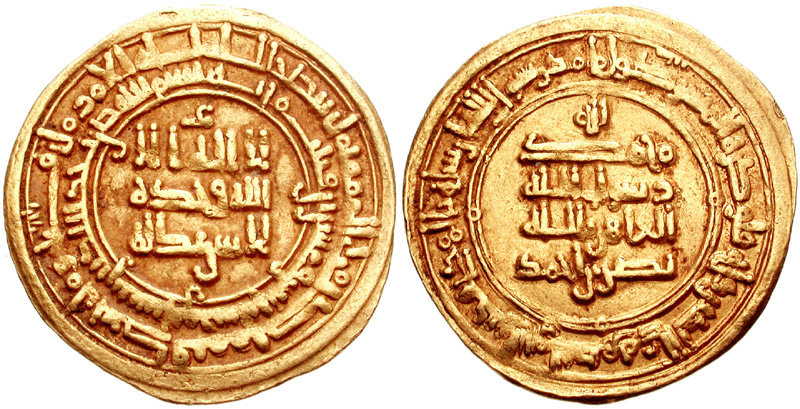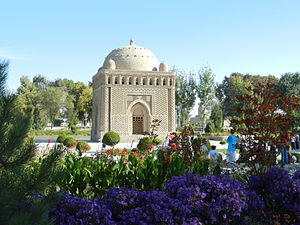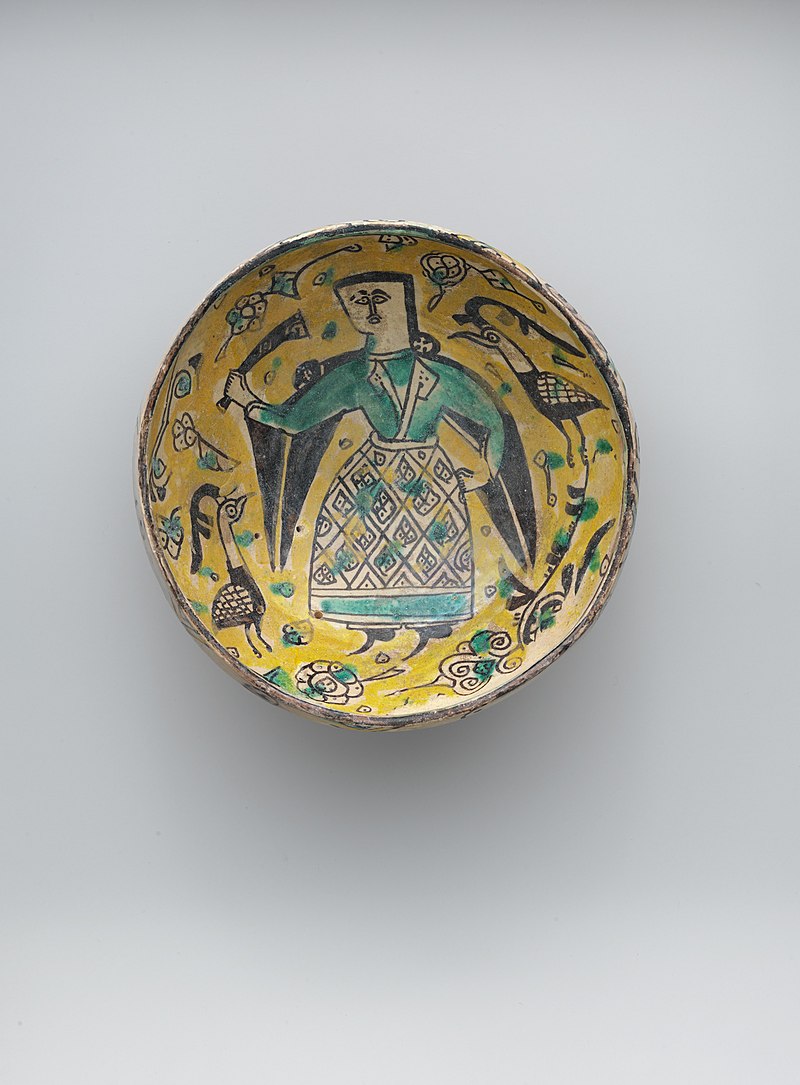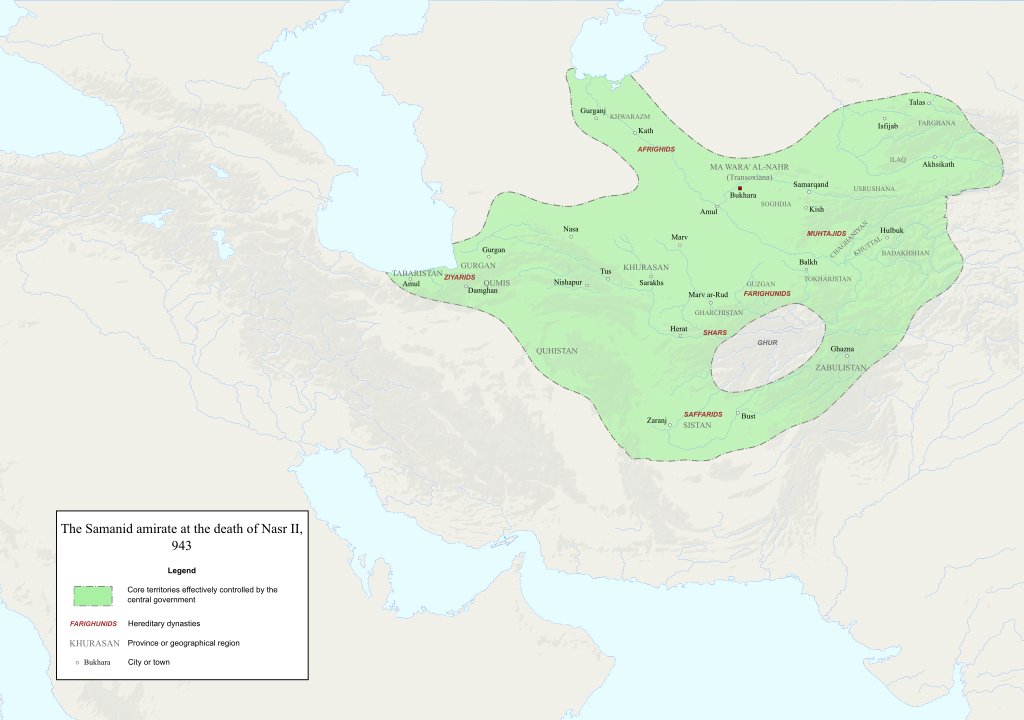
Sadly stereotypes like this still persist. 15th century Afghanistan was a major centre of culture and learning - art, science, literature, and architecture flourished under the Timurids. The city of Herat was abuzz with artists, poets, scholars, and scientists. A few examples,🧵:
https://twitter.com/SigneWilk/status/1412061341020475392
1/ PAINTING: Here is a beautiful miniature from an early 15th C Shahnameh. One of many great manuscripts from this period adorned with delicate illustrations.
davidmus.dk/en/collections…
davidmus.dk/en/collections…
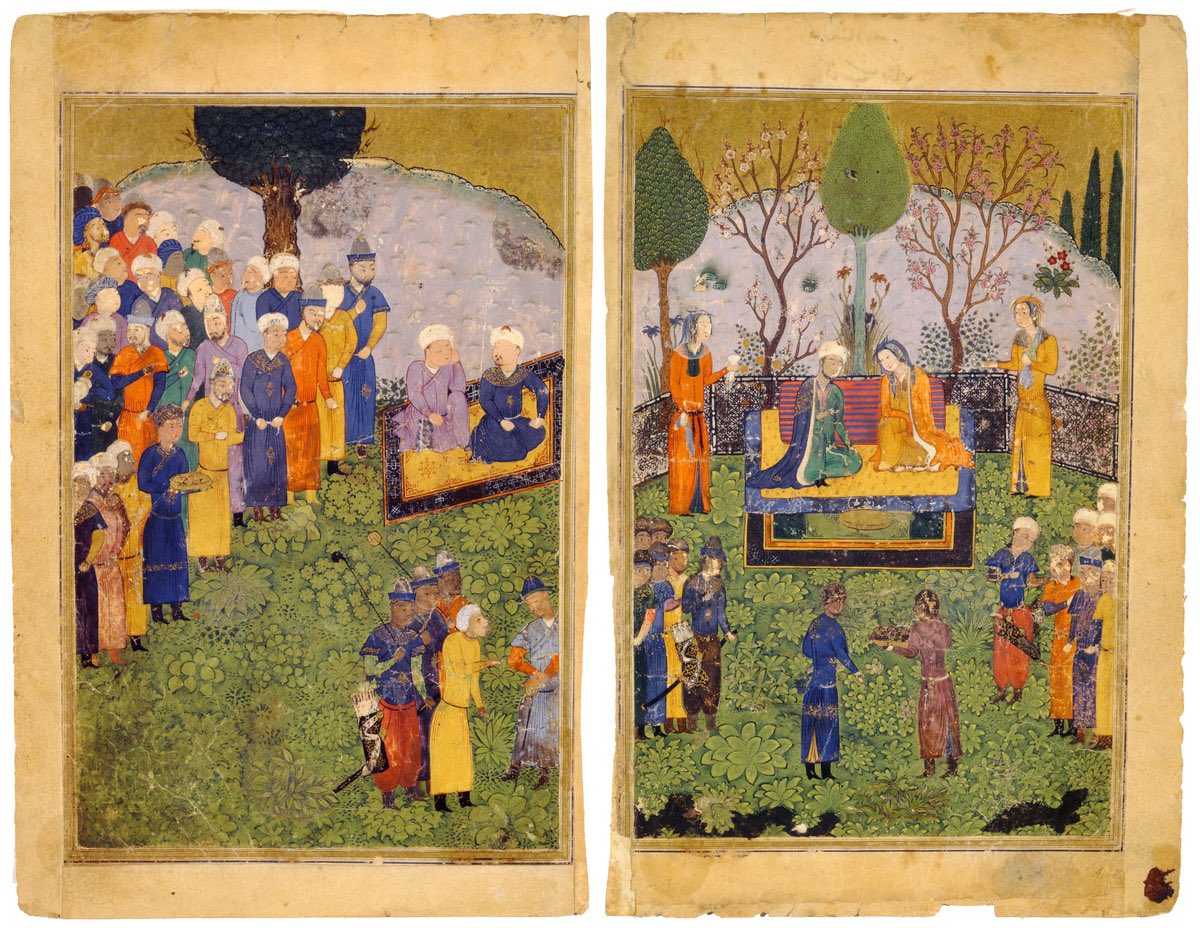
4/ SCIENCE: A brass astrolabe, possibly commissioned by the Timurid ruler Shahrukh (r. 1407-1447)
davidmus.dk/en/collections…
davidmus.dk/en/collections…

6/ ARCHITECTURE: The great mosque of Herat (1498), which would have served as a hub for public urban life
davidmus.dk/en/collections…
davidmus.dk/en/collections…

7/ As you can see from the beautiful examples of material culture, 15th Century Afghanistan was pretty great! So maybe we need to stop using the pre-modern world as a byword for barbarism? /END
And now for some shameless self-promotion! @RachelSchine @katherineschof8 @J_mugs @khowaga @gypsy_heart6 @profdanhicks @EskandarSadeghi @FuchsiaHart @peterfrankopan @greenleejw @KrebsVerena @JonnyLawrence10 @miqdaad
P.S. And that’s not all!
https://twitter.com/fitzmorrissey/status/1413416507128877058
• • •
Missing some Tweet in this thread? You can try to
force a refresh

